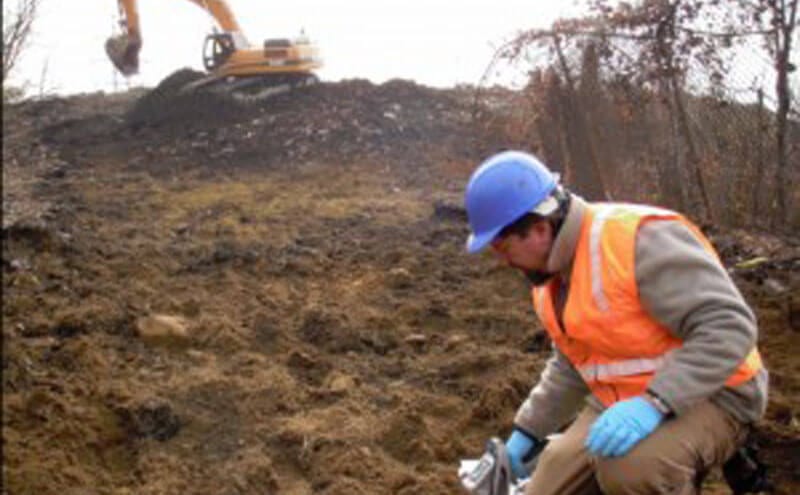Christchurch City Council lays path with soil contaminated with asbestos
Last updated 21:35, January 25 2018
The Christchurch City Council built a new track behind Aston Drive at Waimairi Beach using soil contaminated with asbestos. It’s now having to remove the material.
The Christchurch City Council used soil riddled with asbestos to form a new track behind beachside homes and is now spending $285,000 removing it.
The cost to remove the contaminated soil is 33 times the $8420 spent constructing the 200-metre long path, which runs parallel to Aston Drive at Waimairi Beach.
The path, which doubles as a fire break, runs directly behind newly-built homes.
The council became aware the soil was contaminated only when a Northshore resident presented council staff with test results showing the presence of asbestos.
The soil was not tested before the council put it in the ground.
Council head of parks Brent Smith said testing the soil “appeared unnecessary given the circumstances around the supply of the soil”.
The 375 cubic metres of soil was donated to the council by a nearby resident who offered the fill when working on their section, he said. However, the fill did not come from that section.
Stuff understands the soil was donated to the council by Blaise Chamberlain, who was building a home backing on to the path.
When Chamberlain was contacted by Stuff, he said he did not want to talk about the soil. He did not respond to a list of emailed questions including where the soil came from and whether he knew it was contaminated.
Dumping asbestos material at a council landfill costs $453.40 a tonne, according to the Eco Central website, so 375 cubic metres of material would have cost about $244,800 to dispose of.
The path was constructed in May and council contractors were now spending three weeks removing all trace of the contaminated soil.
Waimairi Beach resident Mike Franklin, whose home backs on to the path, said he was angry when he found out the path had asbestos in it.
He was worried about the health and safety of his children, especially since they had regularly walked on the path since they moved to their new property in May.
Franklin said the council should have tested the soil before using it to form the path.
“It was obviously demolition rubble. There were bricks sticking out of it and sewer pipes. It should have been tested.”
He was also concerned the council had brought asbestos into a new subdivision where the material would not usually be present.
“They brought an old problem into a new area. There would not be any houses old enough to contain asbestos products here.”
Fellow resident Laura Sun said she was not worried about the potential threat posed by the asbestos, but hoped the removal of the soil would be completed soon, because the trucks doing the work were making her backyard dusty.
Canterbury medical officer of health Alistair Humphrey said people should not be anxious even if they had walked along the path on dusty days because research showed people who suffered chronic lung problems from asbestos had been exposed to high levels for a long time.
“It would be highly unlikely that people simply walking along that path would have any problem. The risk is very low. That is borne out by the data collected over many years.”
However, the council was doing the right thing by getting rid of the soil, because that was the safest thing to do, he said.
The exact cost of removing and disposing the soil was yet unknown, but Smith said the council was working on an estimate of $285,000.
The council had yet to decide whether it would seek the cost of removal from Chamberlain.
The soil would be taken to either Kate Valley Landfill or another facility near Hororata authorised to accept limited amounts of asbestos-contaminated material.
“No asbestos-contaminated soil will remain on site following the remedial work,” Smith said.
The contaminated soil had not been used elsewhere in the city, he said.
When asked if it was common practice for the council to accept donated soil, Smith said it did so “infrequently”.

